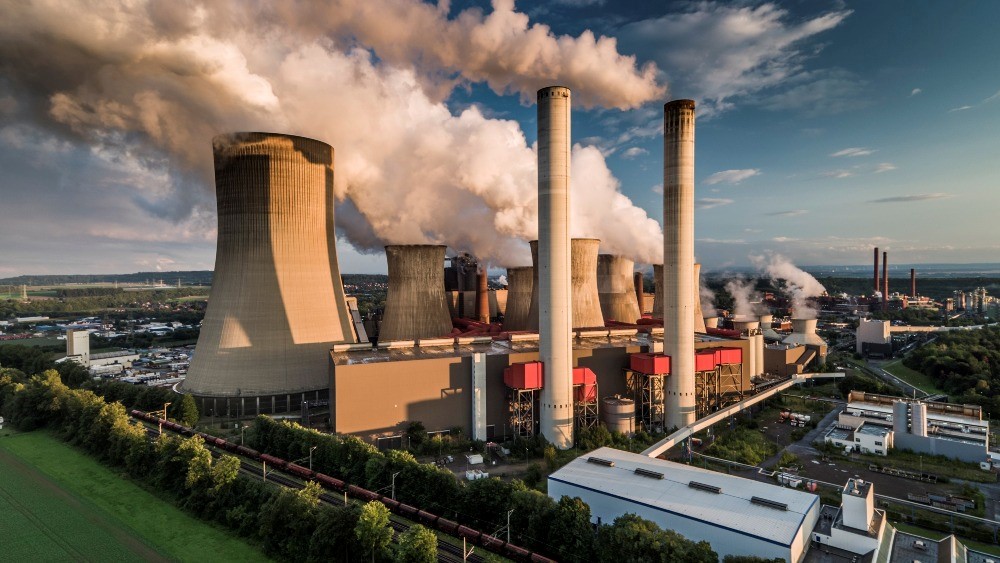-
Inflation, energy and real estate
Inflation has moved rapidly from overlooked to top-of-mind this year. For the past eight months, many different types of price movements have received significant attention among economists, central bankers and real estate owners and occupiers. Global supply chain bottlenecks and pandemic-related fiscal and monetary stimulus have all contributed to price instability. More recently, Russia’s invasion of Ukraine has been a particularly troubling cause of energy price volatility, especially in Europe.

Many countries are transitioning their energy grids to more renewable sources, but a full transition could take several decades. Fossil fuels supply about 77% of the world’s energy, according to the Environmental and Energy Study Institute (see p. 7). The chaotic collision of inflation and energy shortages – particularly in Europe – has decision-makers scrambling as winter approaches.
The disruption of Russian natural gas flows to Europe prompted delegates of the European Union to discuss solutions and to wean itself from Russian gas. Some are promoting a common price cap on all gas imports, while others believe this will limit supply, further stressing consumers and businesses. As winter approaches, strategic reserves in Europe are at full storage capacity (see p. 45 Gas Storage), so an immediate crisis has likely been averted. However, it remains unclear how these reserves will be replenished once they are depleted. Our analysis of this rapidly-changing situation in Europe can be found on p. 9 of this month’s deck.
Energy inflation is also impacting lease agreements between real estate owners and occupiers. Green Street Advisors recently noted that on average, energy costs to either the owner or tenant equals roughly 6% of total rent or USD ~$2.00 psf in both the US and EU. But with energy costs having risen sharply, the question becomes: who bears the cost?
In North America, most commercial leases are triple net, with tenants responsible for utilities, taxes, maintenance, and insurance. Triple net leases are also prevalent among retail properties in the US and Canada, but Canada also has gross, semi-gross or base-year leases which are indexed to CPI inflation. While tenants pay directly for their energy usage, owners are not fully off the hook as they bear responsibility for vacant spaces. Owners can also mitigate cost risk through guaranteed maximum price contracts for certain utilities.
Leases in the UK are also generally on a net basis. However, to counter rising prices, tenants have been renegotiating rents based on total occupancy cost, thus the property owner becomes responsible for any costs that exceed a threshold. In this regard, UK tenants have been increasingly seeking different lease structures that are effectively gross in nature, with shorter lease terms (see p. 10).
On the European continent, most commercial leases are fully indexed to inflation annually. Larger retail tenancies such as grocers often have bargaining power and can negotiate an index cap or lower indexation levels. But even with indexation, tenants are becoming more sensitive to utility costs and are negotiating for increases to be capped. In Japan and China, fixed-term leases typically put the burden of paying higher utility costs on the tenant, but landlords must be careful to keep total occupancy costs under control or a downward reset to the base rent could be the only way to get a tenant to renew.
Despite progress in transitioning energy grids to renewables in many countries, the world remains largely dependent on fossil fuels to provide the power to heat and cool buildings. Rising energy prices are testing the tenant-landlord relationship and the balance of power is rapidly shifting in favor of tenants, especially in weaker sectors like mall retail and offices.

Apr 17, 2024
ISA Briefing: Climate risk in practice: Regional, market and asset-level views
Recognition has grown substantially in recent years that climate risk can shape real estate investment outcomes.




